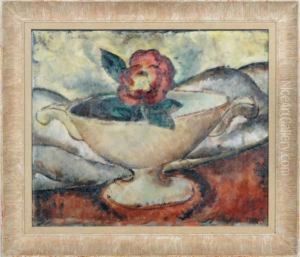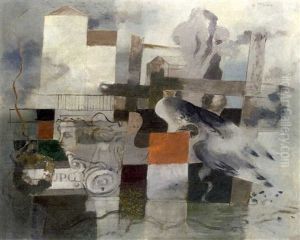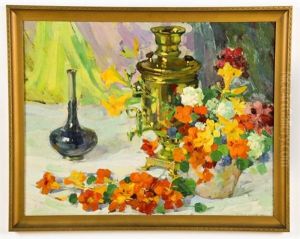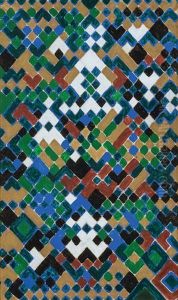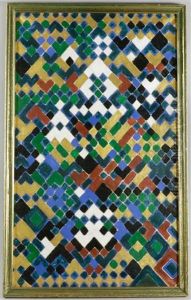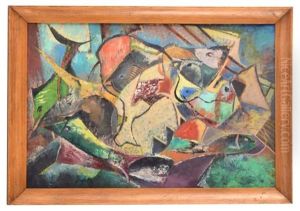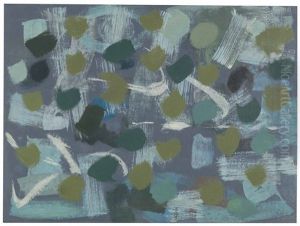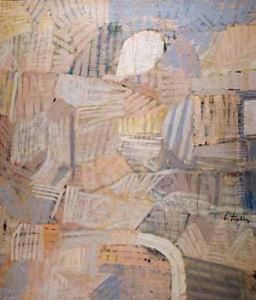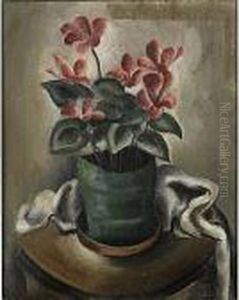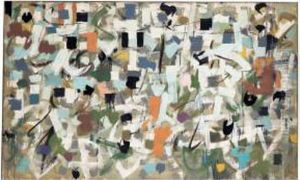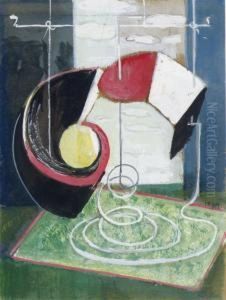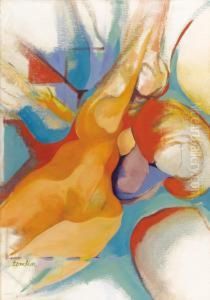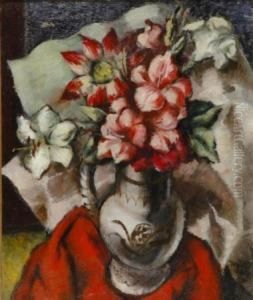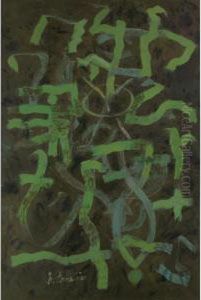Bradley Walker Tomlin Paintings
Bradley Walker Tomlin was an American painter associated with the Abstract Expressionism movement, emerging as a significant figure in the mid-20th century. Born on August 19, 1899, in Syracuse, New York, Tomlin showed an early interest in art, which led him to study at Syracuse University. After graduating, he furthered his education at the Art Students League of New York and in Europe, where he was exposed to the groundbreaking developments in modern art.
Tomlin initially worked in a more figurative style, focusing on landscapes and portraits. However, his artistic direction underwent a profound transformation after World War II, as he began to explore abstraction. This shift was influenced by his interactions with other Abstract Expressionist artists, including Ad Reinhardt and Mark Rothko, with whom he formed close friendships. Tomlin's work from this period is characterized by a sophisticated use of color, texture, and layered compositions, which sought to convey emotion and beauty through abstract forms.
By the late 1940s and early 1950s, Tomlin had established himself as a key player in the New York art scene. His paintings were included in important exhibitions, such as the Ninth Street Show in 1951, which marked the public debut of the Abstract Expressionists. Despite this recognition, Tomlin's work has often been overshadowed by that of his contemporaries, though in recent years there has been a renewed interest in his contributions to American art.
Tomlin's approach to painting evolved throughout his career, but he remained committed to the exploration of abstract expression, continually refining his technique and aesthetic. His later works are noted for their intricate patterns and subtle integration of symbols and text, elements that hint at the influence of poetry and music on his creative process.
Bradley Walker Tomlin died on May 11, 1953, in New York City, leaving behind a body of work that continues to be celebrated for its elegance and complexity. His paintings are held in the collections of major museums across the United States, including the Metropolitan Museum of Art and the Whitney Museum of American Art. Tomlin's legacy is that of a painter who bridged the gap between the figurative traditions of the early 20th century and the abstract visions that would come to define the era's artistic innovations.
